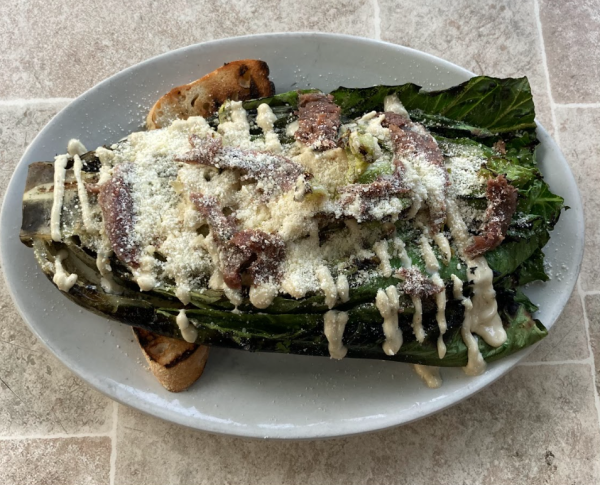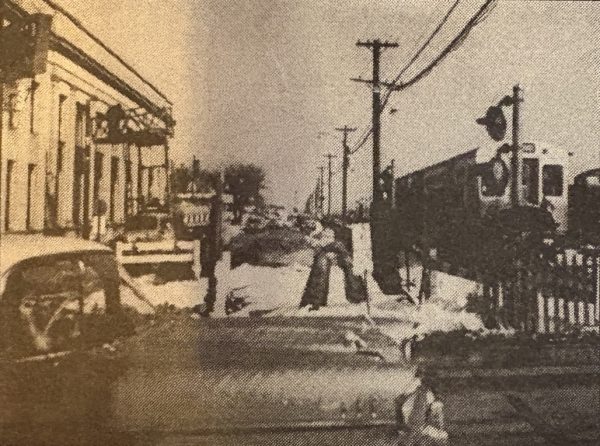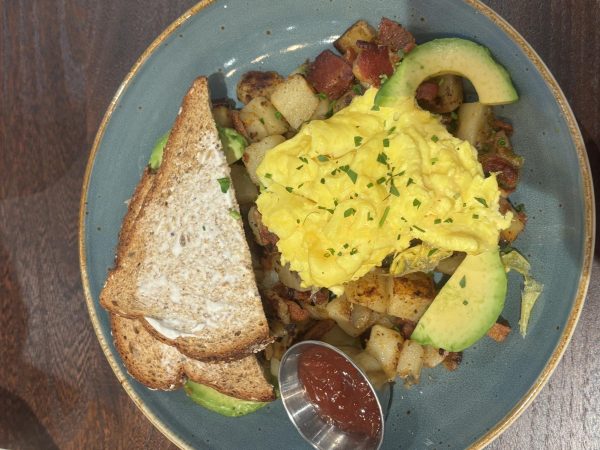Haas Take: Oak Park’s fear of Austin exposes problems with our perception of poverty
Perhaps the most famous fairytale premise is that of the dragon. As the story goes, some foggy, thundering mountain looms over a village whose citizens live in fear of the snarling winged monster on top. It’s known as the premise of countless bedtime stories, the one everybody grew up on.
Where I’m from, it doesn’t feel fictional. To me, the dragon is an allegory depicting my village’s relationship with the Austin neighborhood.
“Don’t go through Austin!” “I’m not comfortable with you in the West side.” “What were you doing out there?”
The people of Oak Park live in a fear of Austin that is comically reminiscent of the villagers who don’t dare look at, let alone go near, the mountain where gun violence and gang activity lurks. This fear is so widespread and so deeply ingrained, Oak Park spends thousands of dollars on cul-de-sacs preventing entry from the city.
According to a 1987 Tribune article, “the cul-de-sacs reduced traffic on residential streets and also were intended to discourage the criminal element among Chicago’s poor and predominantly black Austin neighborhood from entering the village.”
Most people who avoid Austin do so because it’s a predominantly black community of which they’ve heard stories of thugs, drugs, and other illicit activities, all of which reinforce anti-black stereotypes. That fairytale-villager fear stems not from safety concerns, but more so from racist word-of-mouth.
It’s true Austin is no Lincoln Park: it’s one of the most dangerous neighborhoods in the Chicagoland area. However, my experiences indicate were Austin characterized by a different kind of poverty – one people are traditionally more sympathetic toward – most Oak Parkers wouldn’t be scared of it.
Almost every Oak Park church group has taken a mission trip to a third-world country, where members build some sort of school or make food for impoverished children. Also in the news was the story of the Oak Park River Forest High School girls’ swim team, who raised thousands of dollars to build a well in Swaziland.
While these efforts are admirable, they’re devoted to addressing a specific image of poverty: one that feeds into the “Western savior” complex and continues to perpetuate a cliched perception of the poor as stereotypical third-world people in need of a predominantly white saving grace.
I attend church in the Austin area. I see the neighborhood firsthand. My Sunday drives include glimpses of people sleeping on benches and digging for food in dumpsters: of people who are homeless, mentally ill, and tired. In addition, I see the empathetic side of Austin in the residents who direct churchgoers through the parking lot – who wake up early each Sunday morning with the intention of helping others.
Just like Swaziland, their neighborhood is disenfranchised. That’s not something Oak Park alone can fix, but we can lend some aid to one of the communities that needs it most and make Austin a safer place to live. In the process, we can start to destigmatize black poverty.
Many people have this “prototype” vision of the poor. When destitution like that in Austin doesn’t align with that image, they don’t extend that same help. Instead, they shun its victims out of fear. We – as a privileged, well-educated community – need to rethink the mindset with which we approach poverty.
As a village, Oak Park does a phenomenal job helping other countries. The swim team fundraiser proves that. However, there’s an equally dire situation right across the boulevard, one we have the power and privilege to change. Let’s work to improve the quality of life for those people, and slay the myth of the Austin dragon.





